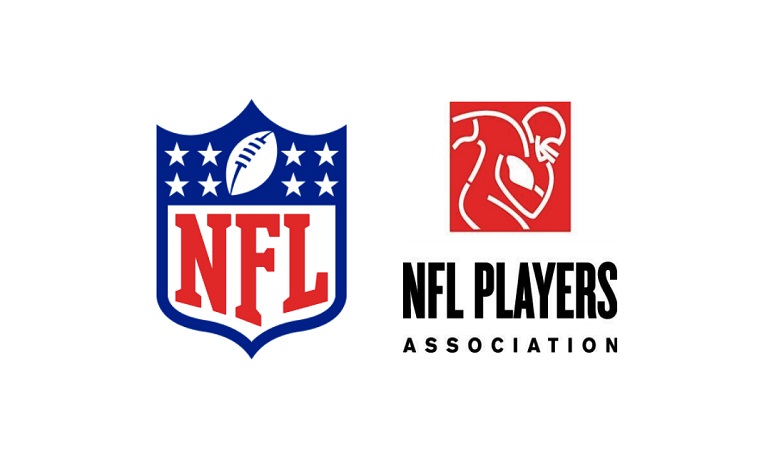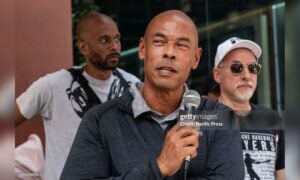While quite a number of outstanding issues between the NFL and the NFLPA have been successfully resolved already, or in the final stages of resolution, there is one big project remaining that the two sides want to have settled before training camps open: how to handle the economic impact of the Covid-19 pandemic relative to the salary cap and player compensation.
A number of teams or local governments have already announced that games in their stadiums this season will not be played in front of fans. Others are still planning for partial-capacity attendance for their games, but even that can change by the time we actually see a game played, which is at least a month and a half away—possibly more, depending upon the circumstances that arise during the intervening weeks.
Yesterday, NFLPA president J.C. Tretter and executive director DeMaurice Smith sent out a joint memo to agents, in which they emphasize the union’s preference that the economic impact on the salary cap be distributed over a period of years, ‘borrowing’ from future caps to avoid a major hit in 2021.
NFLPA executive director DeMaurice Smith and president J.C. Tretter just sent this memo to agents, emphasizing the union wants to spread the impact of a projected multibillion-dollar revenue shortfall over an 11-year CBA, rather than in 2020 and 2021 as the NFL has proposed. pic.twitter.com/CO3xmldWLi
— Tom Pelissero (@TomPelissero) July 23, 2020
“Our proposal is designed to take advantage of the multi-year term of the CBA to mitigate the losses that will affect all aspects of our business”, the memo reads concerning the salary cap. “We do not believe it makes sense for any stakeholders to be forced to manage potentially massive fluctuations in the cap this year and next when we have mechanisms available to us that can smoot the inevitable short-term decrease in revenues over time”.
Estimates have suggested that the league could see a revenue loss of around $3 billion as a result of games being played to empty stadiums. More recent estimates have suggested that the per-team impact could result in a reduction of the salary cap by around $70 million, which, needless to say, is dramatic.
The 2020 salary cap was set just short of $200 million. The idea that it could drop down to around $130 million in 2021 is just completely absurd, and there is no way that teams would even want this. The majority of teams would have to gut their rosters, because they’re certainly not going to get their players to agree to take roughly 35 percent less money than they agreed to in their contracts.
“A lot of players who have salaries that would push a team above that salary cap would be forced to renegotiate, drastically renegotiate, their contracts or they would be cut”, Smith said elsewhere. “Option B is that both sides try to work through estimates of what the decline would be and figure out a way to avoid a precipitous drop in the salary cap for next year, and therefore protect contracts, protect players, but also remember, protect their benefits because the way that the cap works and the way that our overall compensation package works is if there is a drop in those things, there could be or will be a significant impact on benefits as well”.
The result could be a period of several years in which the salary cap covers around $200 million. But it also has to be remembered that a 17th regular season game, two additional postseason games, and especially new television deals, are on the horizon and will all positively effect the salary cap number.








